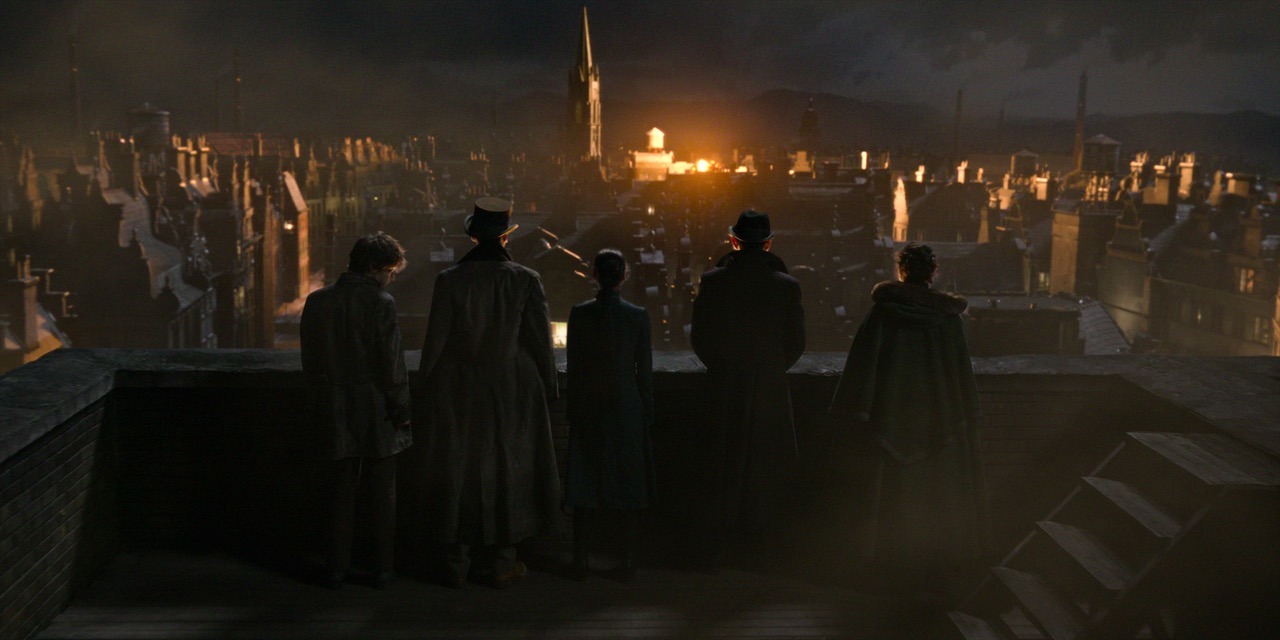The injustice of the cancelled television series
The television industry has boomed thanks to the rise of streaming services. These platforms churn out an incredible amount of original content in a single year, presenting a threat to any lesser-known but well-loved series as they are inevitably cut and replaced with an endless stream of new content.
One of my personal favourite Netflix series, and one I was most devastated by with the news of its cancellation, is Shadow and Bone. The show adapted the young adult fantasy novels written by Leigh Bardugo, combining her two popular series, Shadow and Bone and Six of Crows, which are both set within the same universe. This programme acquired a devoted fanbase, inspiring fan conventions, and made up a lot of Netflix’s content on their social media accounts. There were even plans for a Six of Crows spin-off. Nevertheless, Netflix cancelled the show after its second season, much to the surprise of fans. Low viewership numbers, high production costs, and the WGA and SAG-AFTRA strikes all contributed to this decision. Fans circulated petitions for Netflix to renew the series, or for another company to pick it up, but unfortunately this has so far been unsuccessful.
Many inventive projects are cancelled before they can reach their full potential
Cancellations are disappointing when the series ends on a cliffhanger or has no resolution at all. In these circumstances, it appears that the screenwriters were almost expecting another season, leaving audiences unfulfilled. One recent example of this was the Amazon Prime original series My Lady Jane. This series took on the infamous nine-day reign of Lady Jane Grey and twisted it into a hilariously ridiculous fantasy series. It was an original concept that, in my opinion, was well-executed. Regardless of the positive response from social media (‘BookTok’ in particular) the show was cancelled after the first series due to lower-than-expected viewership numbers. This is unfortunate, as the series had much potential and would have benefitted from a second season to develop the fantasy world further.
Occasionally, a cancelled series concludes well enough that it provides closure, both for the characters and the audience. One such example is Netflix’s Anne with an E, which, after funding disagreements and lower viewership numbers, was cancelled at the end of the third season. Although many fans were disappointed by this premature ending, the screenwriters arguably did the best they could with their shortened timespan. They were able to resolve most of the plotlines to allow for a satisfactory ending. In these rare cases, a cancellation does not spell a disaster for the television series.
So why are shows so often cancelled? Streaming services base the popularity of a series on its viewing numbers, particularly in the first week or even day of release. A series must chart the most-watched lists in order to be seen as successful and commercially viable for another season. Streaming platforms are preoccupied with viewing statistics and financial pressures, pulling content that does not hit this standard. As these platforms are pushed to consistently produce new content for consumers, cancelled or ‘failed’ projects are replaced by new ideas.
The threat of cancellation is ever-present in this era of consumerist over-saturation
The problem with this model is that many inventive projects are cancelled before they can reach their full potential. Original concepts are seen as too much of a risk. This is often the case for fantasy or young adult series. Those that are targeted towards a specific audience can struggle to gain traction with the required levels of viewership numbers across targeted age ranges, and this leads to them being pulled. Unfortunately, this means that series that are deemed ‘safe’ are the ones that last. One example is the Netflix series Riverdale, which lasted an outstanding seven seasons. This series started off as incredibly popular and drew in teenage audiences. It drew on the characters from the Archie Comics and was in the connected universe of The Chilling Adventures of Sabrina (which, coincidentally, was cancelled). The series, however, began to drop off as the storylines became unnecessarily convoluted and far-fetched. As someone who enjoyed the first two seasons, I felt that the plot was being dragged out to last seven seasons, when it could have been rounded up much earlier. Audiences lamented that the lower-quality Riverdale was being funded whereas more original shows were pulled.
Unfortunately, the threat of cancellation is ever-present in this era of consumerist over-saturation brought about by streaming platforms. The only hope is that your favourite series will not be the next victim.

Comments